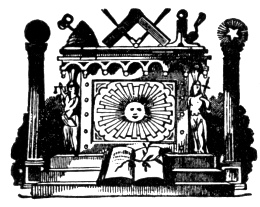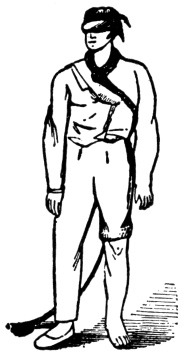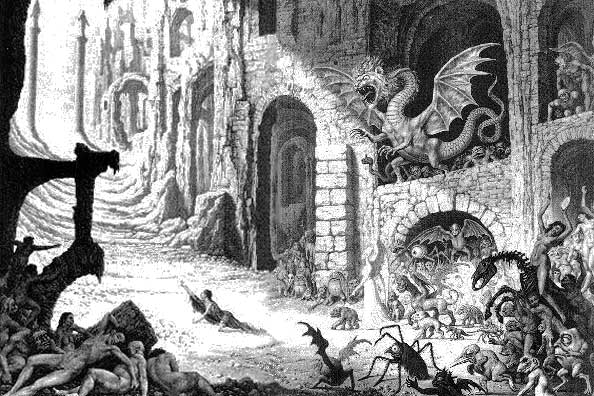This generally ends the first section of the lecture as given in Lodges at the present day; but as some Lodges persist still in keeping up the old lecture as revealed by William Morgan, in
p. 47
[paragraph continues] 1826, and by Bernard, Allyn, Richardson, and others, the author will give it, that it may go to the world a complete Masonic lecture.
Q. What were you next presented with?
A. A new name.
Q. What was that?
A. Caution.
Q. What does it teach?
A. It teaches me, as I was barely instructed in the rudiments of Masonry, that I should be cautious over all my words and actions, especially when before its enemies.
Q. What were you next presented with?
A. Three precious jewels.
Q. What were they?
A. A listening ear, a silent tongue, and a faithful heart.
Q. What do they teach?
A. A listening ear teaches me to listen to the instructions of the Worshipful Master, but more especially to the cries of a worthy distressed brother. A silent tongue teaches me to be silent in the Lodge, that the peace and harmony thereof may not be disturbed, but more especially before the enemies of Masonry. A faithful heart, that I should be faithful and keep and conceal the secrets of Masonry and those of a brother when delivered to me in charge as such, that they may remain as secure and inviolable in my breast as in his own, before being communicated to me.
Q. What were you next presented with?
A. The Grand Master’s check-word.
Q. What was that?
A. Truth.
Q. How explained?
A. Truth is a divine attribute, and the foundation of every virtue. To be good and true are the first lessons we are taught in Masonry. On this theme we contemplate, and by its dictates endeavor to regulate our conduct; hence while influenced by this principle, hypocrisy and deceit are unknown among us, sincerity and plain-dealing distinguish us, and the heart and tongue join in promoting each other’s welfare, and rejoicing in each other’s prosperity.
With a few other interrogations and answers the old lecture ends. These interrogations and answers are embodied in the new-fangled lecture as already given; they relate only to the demand for something of a metallic kind, reinvestment of candidate’s clothing, northeast corner of the Lodge, &c., &c.
p. 48
SECOND SECTION.
Q. Why were you divested of all metals when made a Mason?
A. For the reason, first, that I should carry nothing offensive or defensive into the Lodge; second, at the building of King Solomon’s Temple, there was not heard the sound of an axe, hammer, or any tool of iron.
Q. How could a building of that stupendous magnitude be erected without the aid of some iron tool?
A. Because the stones were hewed, squared, and numbered at the quarries where they were raised; the trees felled and prepared in the forests of Lebanon, carried by sea in floats to Joppa, and from thence by land to Jerusalem, where they were set up with wooden mauls, prepared for that purpose; and, when the building was completed, its several parts fitted with such exact nicety, that it had more the resemblance of the handy workmanship of the Supreme Architect of the universe than of that of human hands.
Q. Why were you neither naked nor clothed?
A. Because Masonry regards no one for his worldly wealth or honors; it is the internal, and not the external qualifications of a man that should recommend him to be made a Mason.
Q. Why were you neither barefoot nor shod?
A. It was in conformity to an ancient Israelitish custom: we read in the book of Ruth, that it was their manner of changing and redeeming; and to confirm all things, a Mason plucked off his shoe and gave it to his neighbor, and that was testimony in Israel. This then we do in confirmation of a token, and as a pledge of our fidelity; thereby signifying that we will renounce our own will in all things, and become obedient to the laws of our ancient institution.1

Moe is the founder of GnosticWarrior.com. He is a father, husband, author, martial arts black belt, and an expert in Gnosticism, the occult, and esotericism.






